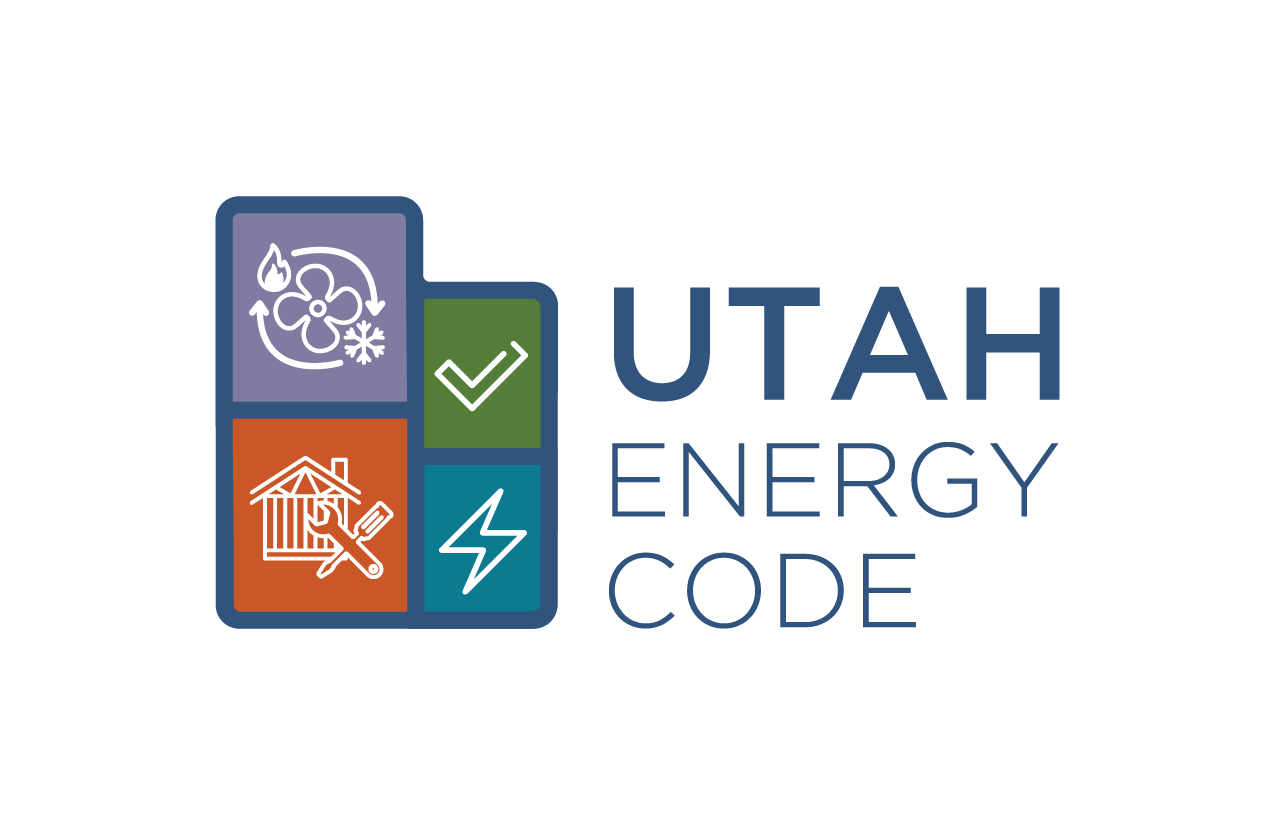
The least sexy efficiency upgrade for new construction just may be one of the best.
Many years ago, Dr. Energy worked as part of an electric utility solar incentive program. One of the tasks for Dr. Energy was to visit each proposed installation site and confirm that there was not an existing solar array because one of the program requirements was that the project must be preapproved before the installation could happen. On the back end of the solar installation, Dr. Energy had to return to the site and confirm that the solar array had been installed and was consistent with the application for program funds. The program ended many years ago and at the time, solar arrays cost almost 10 times what they do now.
There were no home efficiency requirements for program participation. The details listed above led to Dr. Energy inspecting many homes that were about to get an expensive solar array and those which had recently had a solar array installed. One would hope that anyone who was about to pay around $11 per installed watt of solar would have done everything possible to lower their electric load to be able to minimize the size and thus cost of their new solar array. Unfortunately, this was not the case. Inspections revealed halogen flood lights (100 watt) and vintage (to use a kind word) air conditioning systems, that were up to 40% less efficient than what was code at the time. So why were program participants so willing to spend so much extra money on a solar array that could have been much smaller if efficiency had been a priority? Based on interactions with program participants, it came down to excitement for panels and not for efficiency. Panels are visible. Panels are cool, I mean, they generate electricity! It is more exciting to generate electricity at your home than it is to just save electricity through upgraded lighting and equipment. Which is a better idea? Keep a 100-watt flood light and power it with electricity that cost $11 per watt, or to spend $20 to upgrade that flood light to a 23-watt bulb that produces just as much light? The practical answer is clear, but efficient lighting is not nearly as cool or fun as a solar array.
This social science observation leads Dr. Energy to what may be the least cool and least sexy upgrade for a new home, but one that can make a big difference. Blown-in insulation for exterior walls. What could be more boring? So boring in fact, that once the sheetrock is installed, you cannot even see the difference between blown-in insulation and batt insulation. In spite of blown-in insulation’s lack of cool factor, here is why Dr. Energy thinks it may be the best energy upgrade for a new home.
First, typically the insulation in the walls of a home remains for the life of the home. Throughout the lifespan of a home, furnaces, air conditioners, water heaters, and other appliances often undergo multiple replacements. When you choose the insulation for your walls, you are likely choosing the insulation for the next 100 years. So, it is important that you choose wisely. In a 2×6 wall cavity a standard batt of insulation is rated at R19, where a typical blown in insulation install in that same stud cavity is rated at R23 or R24. The blown-in product offers 17% to 20% greater R-value in the same space compared to batt insulation. The increased R-value is not the greatest benefit that blown-in insulation has over batt insulation. The quality of install is remarkably better with a typical blown-in install vs. the typical batt install. Installing batt insulation in cavities with irregular sizes or shapes can be extremely challenging. Moreover, in modern homes, it is common for stud cavities to contain obstructions that further hinder the installation of batt insulation. Consequently, these difficulties often result in the insulation being installed with gaps, voids, and compressions, which significantly reduce its effectiveness in providing thermal insulation.
Blown-in wall insulation is typically installed very evenly and with the correct density into every space, no matter the shape of the cavity, providing the full R-value in the entire wall. The density and consistency of the installation also leads to a more airtight home with a greater ability to reduce not just heat flow, but outside noise as well.
So perhaps an upgrade to blown-in insulation may not lead to interesting conversations at parties, but there may be no better way to increase the long-term performance of a new home than this simple upgrade.
– Dr. Energy
0 Comments